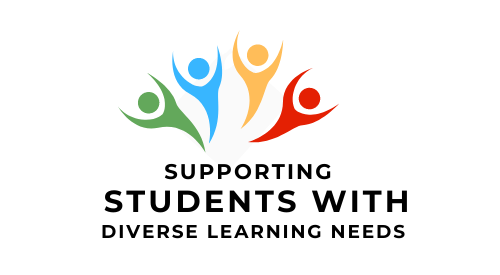- Dexterity limitations vary widely from student to student. They can affect the ability to manipulate objects and/or use arms, hand or fingers. This can impact tasks such as writing by hand, drawing, holding and manipulating small objects, or typing. The effects can vary from effortful and untidy handwriting, to partial paralysis or muscle spasms.
- Assistive technology. Many students with dexterity problems use some form of assistive technology to assist with writing. These supports could range from typing instead of handwriting, to using voice-recognition software, adaptive mouse or keyboard, head wands or mouth sticks.
- Fatigue. Everyday activities can require additional effort for people with dexterity difficulties, so they may become tired which can impact their academic performance.
- Plan ahead for classroom activities. If there are laboratory experiments or other activities requiring manual dexterity, arrange for a lab assistant or partner to work with the student with reduced dexterity to make sure they have full access to the curriculum. If there are any concerns about accommodating the student, contact the Disabilities Office.
- Provide handouts and copies of presentations. Provide handouts or copies of PowerPoint presentations summarizing the key points of lectures/classes to minimize the amount of note-taking required.
- Consult with the student. Be available to meet with the student in a confidential setting to discuss their assignments and accommodations.
- Use of a note-taker or digital recorder for lectures.
- Adaptive technology to access course materials, for example adaptive keyboard and mouse and voice recognition software.
- Extensions on assignments and essays.
- Exam accommodations:
- Extended time.
- Use of adaptive technology (e.g., speech-to-text and text-to-speech software, word processor, or trackball mouse).
- Scribe.
- Separate setting.
- Alternate scheduling (e.g., to ensure that there are not two exams on one day).
- Dexterity disabilities can be due to accidents such as a Spinal Cord Injury, or due to congenital conditions such as Cerebral Palsy, or Spina Bifida.
- Some dexterity disabilities can get worse over time, such as Muscular Dystrophy, Multiple Sclerosis, ALS, Arthritis, or Parkinson’s disease.
- Carpal Tunnel Syndrome is increasingly common and can cause extreme pain while writing or typing.
- Developmental Coordination Disorder can also impact fine motor skills, causing handwriting to be untidy and effortful.
Case Study
Chrystal is entering a first-year geology program. She has some muscle weakness because of a form of muscular dystrophy. This affects her dexterity and makes it slow and effortful for her to write. She uses a laptop to take notes in class and to write exams.
In her second semester, Chrystal has geology lab classes. She goes to talk to her Disability advisor, who arranges for them to have a tour of the laboratory with the instructor and lab technician. Chrystal has an opportunity to try the different lab equipment and identify tasks that will be challenging for her. She decides that she will be able to complete most lab activities with minimal assistance, which can be provided by the lab technician. They look through the lab schedule. One lab test requires detailed graphing, so her Disability Advisor arranges for a scribe to be available so that Chrystal can complete the activity.
Chrystal takes her written exams in a separate setting with the use of a computer and word prediction software. The Disabilities Office coordinates with her instructors to make sure that she does not have more than one exam per day.
College is still very tiring for Chrystal and she has to sleep a lot on weekends. She is grateful to her Geology Instructor, who grants her extensions on two of her assignments, reducing her stress levels at a busy time in the term. At the end of her semester, she passes all her courses, but thinks that she might take a reduced course load next semester!
Videos
Carol Clerke on accommodating a student with a dexterity disability:

